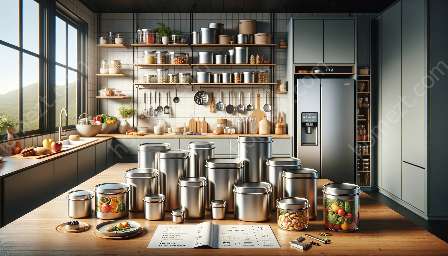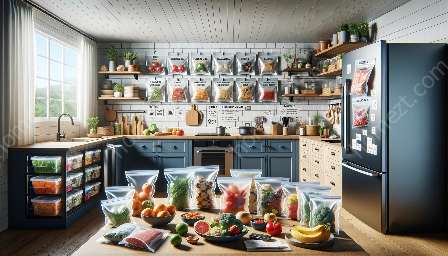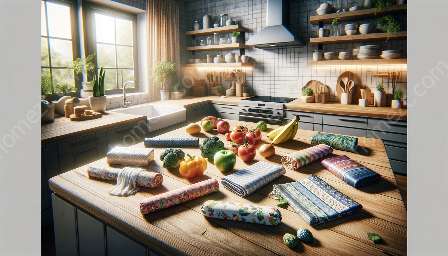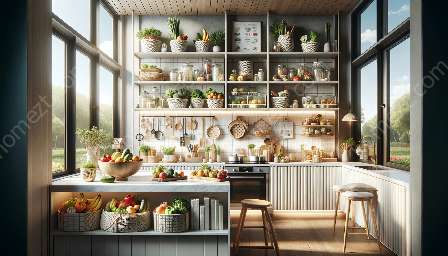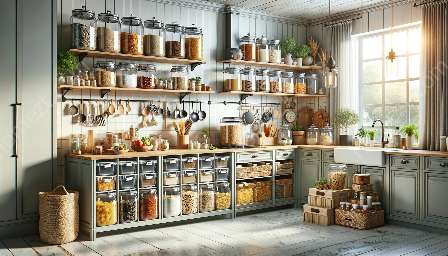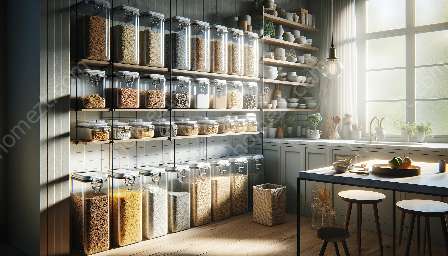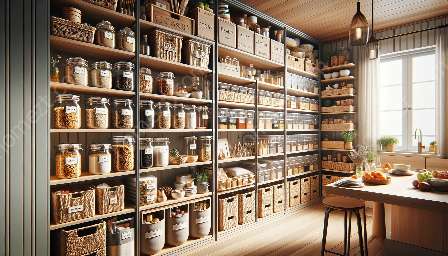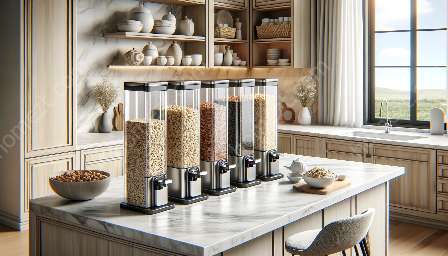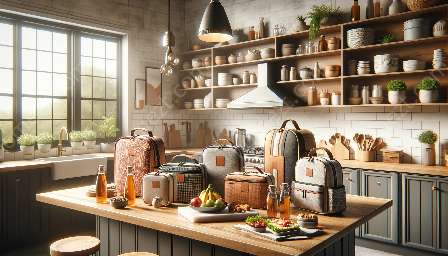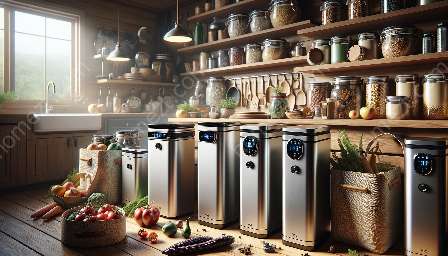When it comes to maintaining the freshness and quality of cereal and dry food items, proper storage is key. Not only does it help preserve the taste and nutritional value of these products, but it also plays a significant role in preventing pests and maintaining a well-organized kitchen and dining space.
The Significance of Proper Cereal & Dry Food Storage
By understanding the significance of proper cereal and dry food storage, individuals can ensure that their food remains safe for consumption and free from contamination. Store-bought or homemade cereals, such as granola, muesli, or oatmeal, can lose their freshness and develop a stale taste if not stored correctly. Dry food items, including rice, pasta, flour, and various spices, can also be susceptible to spoilage and infestation if not stored properly.
Proper storage methods can help prolong the shelf life of these items, reducing the risk of waste and saving money in the long run. Furthermore, a well-organized storage system can make meal preparation more efficient and enjoyable.
Best Practices for Cereal & Dry Food Storage
Implementing best practices for cereal and dry food storage can make a notable difference in the quality and longevity of these food items. Here are some key tips to consider:
1. Choose the Right Containers
Use airtight containers, such as glass jars or plastic containers with secure lids, to store cereals and dry foods. These containers help maintain freshness and prevent pests from infiltrating the items.
2. Keep it Cool and Dry
Store cereal and dry food items in a cool, dry place away from direct sunlight and moisture. Exposure to heat and humidity can accelerate the spoilage process and create an environment conducive to pests.
3. Label and Date Items
Proper labeling and dating of cereal and dry food containers can help you keep track of their freshness and usage. This practice also helps reduce food waste by ensuring that older items are used first.
4. Utilize Storage Solutions
Optimize your kitchen and dining space by utilizing storage solutions such as shelves, racks, and drawers. Organizing food items in a systematic manner can enhance the overall functionality and aesthetics of your space.
Food Storage: An Essential Component of Kitchen & Dining Organization
Effective food storage is an essential component of kitchen and dining organization. By maintaining a well-organized pantry and storage area for cereal and dry food items, individuals can create a more efficient and visually appealing space. Clutter-free countertops and neatly arranged shelves contribute to a welcoming and functional kitchen environment.
1. Maximizing Space
Optimizing storage space in the kitchen and dining areas allows for better accessibility and inventory management. Utilize vertical space with stackable containers and adjustable shelving to make the most of your storage capacity.
2. Streamlining Meal Preparation
Having a well-organized storage system for cereals and dry foods enables faster and more convenient meal preparation. Quick access to essential ingredients and supplies can streamline cooking and baking processes.
3. Aesthetic Appeal
Properly stored and organized cereal and dry food items can contribute to the overall aesthetic appeal of your kitchen and dining space. Showcase your collection of grains, cereals, and spices in decorative containers to add a touch of visual interest to your storage areas.
Conclusion
Understanding the importance of proper cereal and dry food storage is crucial for maintaining food quality, preventing waste, and optimizing kitchen and dining spaces. By implementing best practices and utilizing effective storage solutions, individuals can ensure that their cereal and dry food items remain fresh, accessible, and visually appealing. Whether it’s organizing your pantry, labeling containers, or maximizing storage space, taking the time to prioritize food storage can have a positive impact on your overall kitchen and dining experience.



